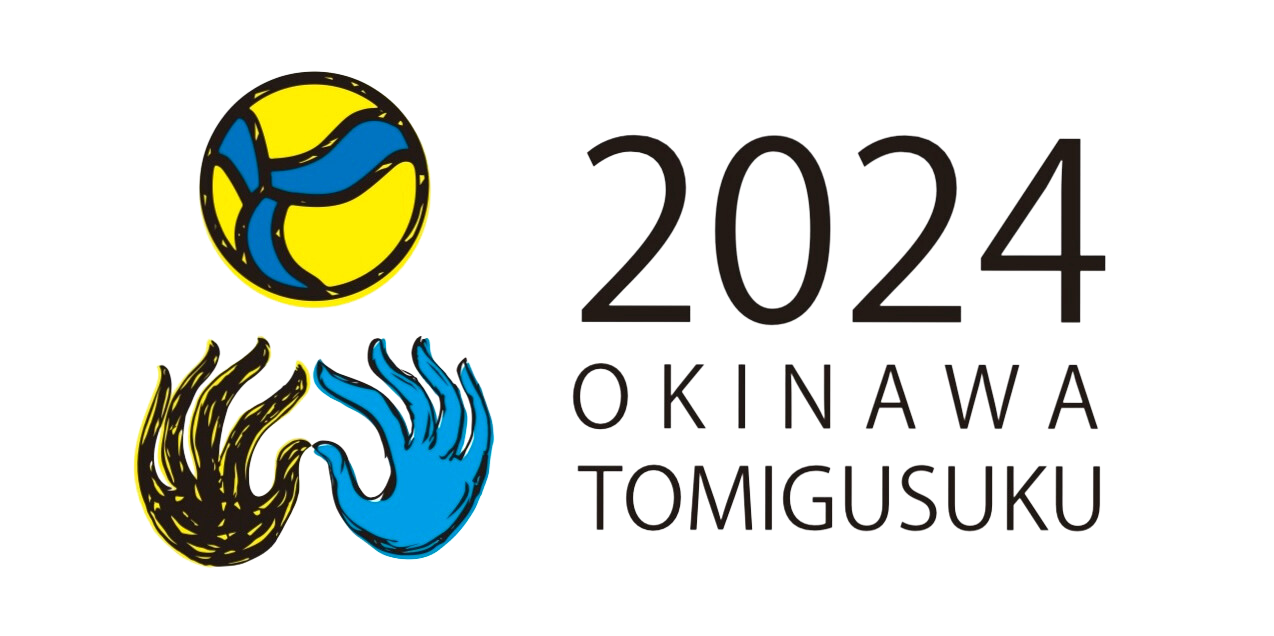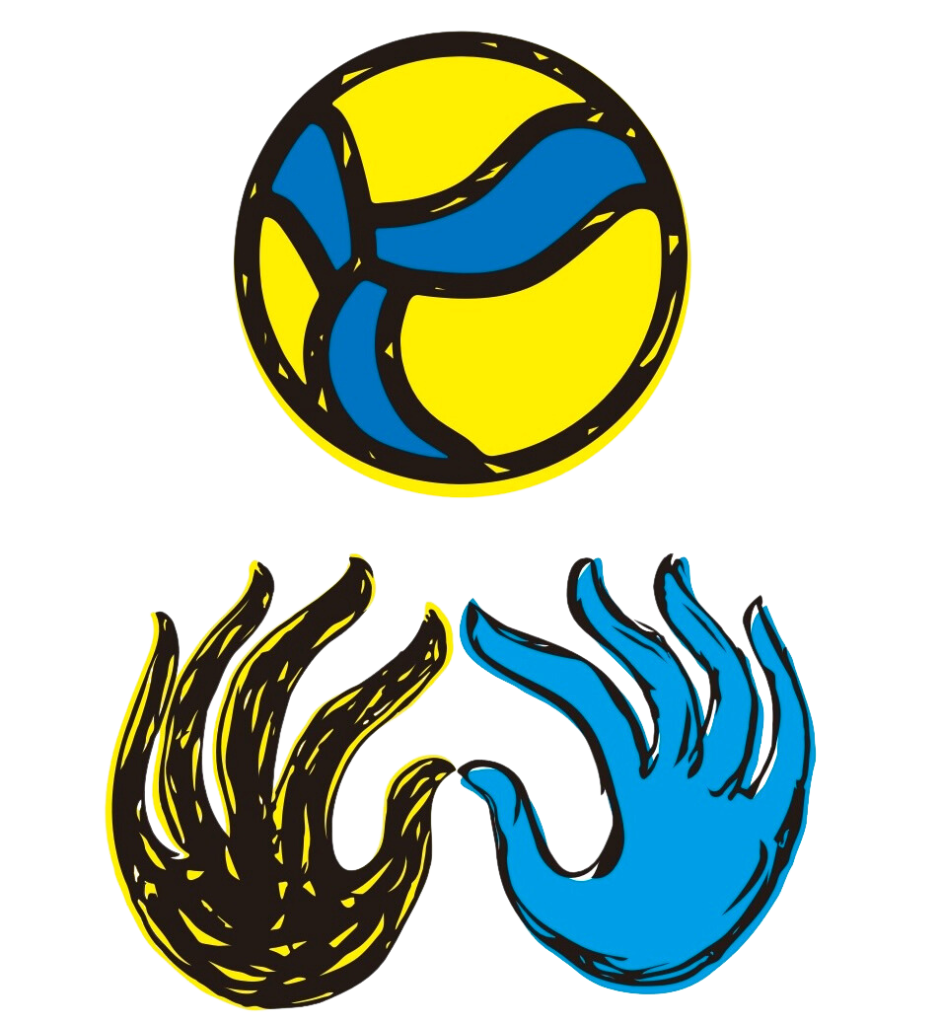Contents
The Deaf Volleyball World Championships are a big deal in Deaf sports history. They show how much players love the game and how it’s liked all over the world. In the past, these championships have had many exciting times and great players, showing how much Deaf sports have grown.
First Championship – Where it All Started
The first Deaf Volleyball World Championship happened in 1963. This was a big moment for Deaf sports. Players from different places came together to play volleyball and show their skills. From that first time, there were many exciting games and teams did well. This made the championships become famous.
Getting Bigger and Better – Deaf Volleyball’s Story
As time passed, the Deaf Volleyball World Championships got bigger and better. Players learned new tricks and teams got better strategies. They wanted to win, but they also liked being friendly and kind to each other. This made everyone feel like they were part of one big team, even if they were from different countries.
Special Times and Great Players
The Deaf Volleyball World Championships had many special moments. People liked them as much as the Olympics. The players did amazing things on the court. Some players became really famous and inspired others. They showed everyone that they can do great things, no matter the challenges.
Looking Ahead to Deaf Volleyball’s Future
The Deaf Volleyball World Championships show that Deaf sports can grow and get better. The next championship in 2024 will have new moments that make people excited. Because of new technology and players who love the game, Deaf volleyball will keep shining.
The history of the Deaf Volleyball World Championships is full of exciting times and players who love what they do. The players worked hard and showed their love for the game. The championships grew over time, and the future will have even more exciting stories and memories.




